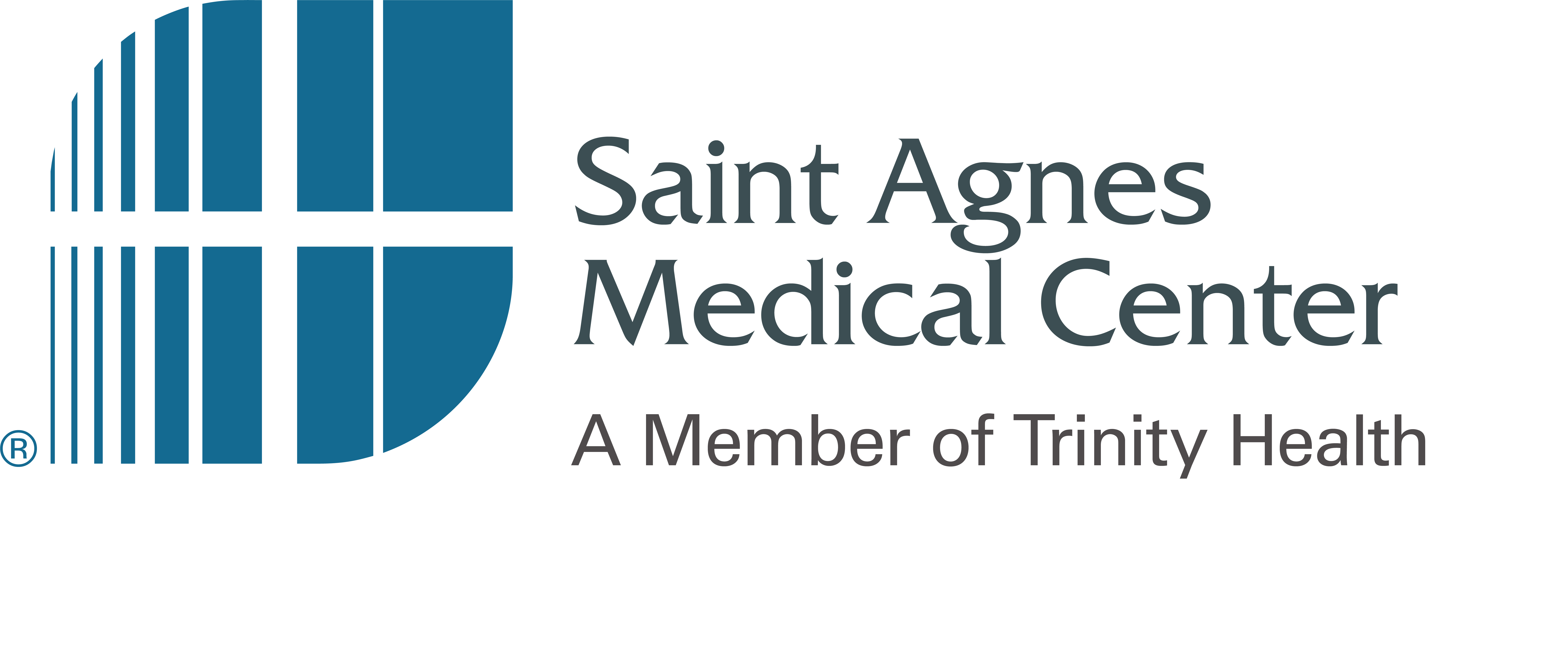What is cardiac arrest?
January 20, 2023
During a Monday Night Football game in early January between the Buffalo Bills and Cincinnati Bengals, 24-year-old safety Damar Hamlin suffered cardiac arrest after what seemed like a routine tackle. Less than two weeks later, Lisa Marie Presley passed away from what appears to be cardiac arrest.
These events bring to light a very serious medical issue and have left many people with questions about cardiac arrest and other heart conditions like heart attack and heart disease. Here are answers to those questions.
What is sudden cardiac arrest?
Cardiac arrest occurs when the heart suddenly loses its normal rhythm and stops beating properly. When this happens, the heart cannot pump oxygen-rich blood throughout the body, resulting in a loss of breathing and consciousness. If not treated, this condition can lead to organ damage or even death.
Is cardiac arrest the same thing as a heart attack?
No. Cardiac arrest is triggered by an electrical disturbance in the heart causing an irregular heartbeat. A heart attack is a circulation problem and occurs when blood flow to the heart is disrupted due to a blockage in an artery. This can damage the heart muscle, but the heart usually doesn’t stop beating. However, a heart attack can trigger an electrical abnormality in the heart that leads to cardiac arrest.
What causes sudden cardiac arrest?
This extremely serious event is usually caused by abnormalities with the heart’s electrical system, referred to as arrhythmias. Cardiac arrest may occur due to another known or undiagnosed heart condition. It may also occur suddenly, such as from a hard blow to the chest or other trauma.
What are the symptoms of cardiac arrest?
A person experiencing cardiac arrest will suddenly collapse, lose consciousness and stop breathing. They will have no pulse. In some cases, there may be warning signs shortly before cardiac arrest, such as shortness of breath, weakness, dizziness, fatigue, palpitations and chest discomfort. But often there is no warning before the event occurs
What should you do if you see someone who appears to be in cardiac arrest?
Cardiac arrest is an extreme medical emergency. If someone goes into cardiac arrest near you, follow these steps.
- Check for responsiveness. Shake the person and shout “Are you alright?” Rub the breastbone with your knuckles looking for signs of life.
- Call 9-1-1.
- Begin CPR:
- Position the person on the floor face up.
- Place the heel of one hand on the center of the chest (between the nipples) and the heel of the other hand on top of the first.
- Lock your elbows, move your shoulders over the center of the chest, and use the weight of your upper body to “fall” straight downward, compressing the chest at least two inches.
- Lift your hands slightly each time to allow the chest wall to recoil.
- Compress chest at a rate of 100 presses per minute. When you tire, take turns with others until paramedics arrive.
- If an Automated External Defibrillator (AED) is available, turn it on and follow the AED’s voice instructions.
IMPORTANT: Initiate and continue chest compressions even if the person gasps. Noisy breathing or gasping is not a sign of recovery. It is a sign you are doing a good job.
Can you prevent sudden cardiac arrest?
It’s not always possible to prevent cardiac arrest, but it is possible to detect heart issues that may increase your risk. Screenings such as an electrocardiogram (ECG) or wearing a cardiac monitor can detect heart arrhythmias. Echocardiograms can uncover heart damage and show if you have signs of heart failure. Blood tests can check levels of hormones and chemicals that affect your heart’s ability to function normally.
Talk with your doctor
If you haven't already, talk with your provider to see if a heart screening is right for you. Don’t have a doctor? Establish with one of our Saint Agnes Care providers online, anytime.
